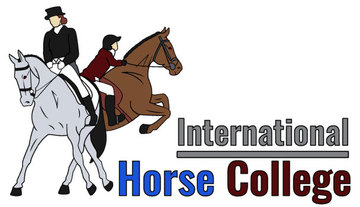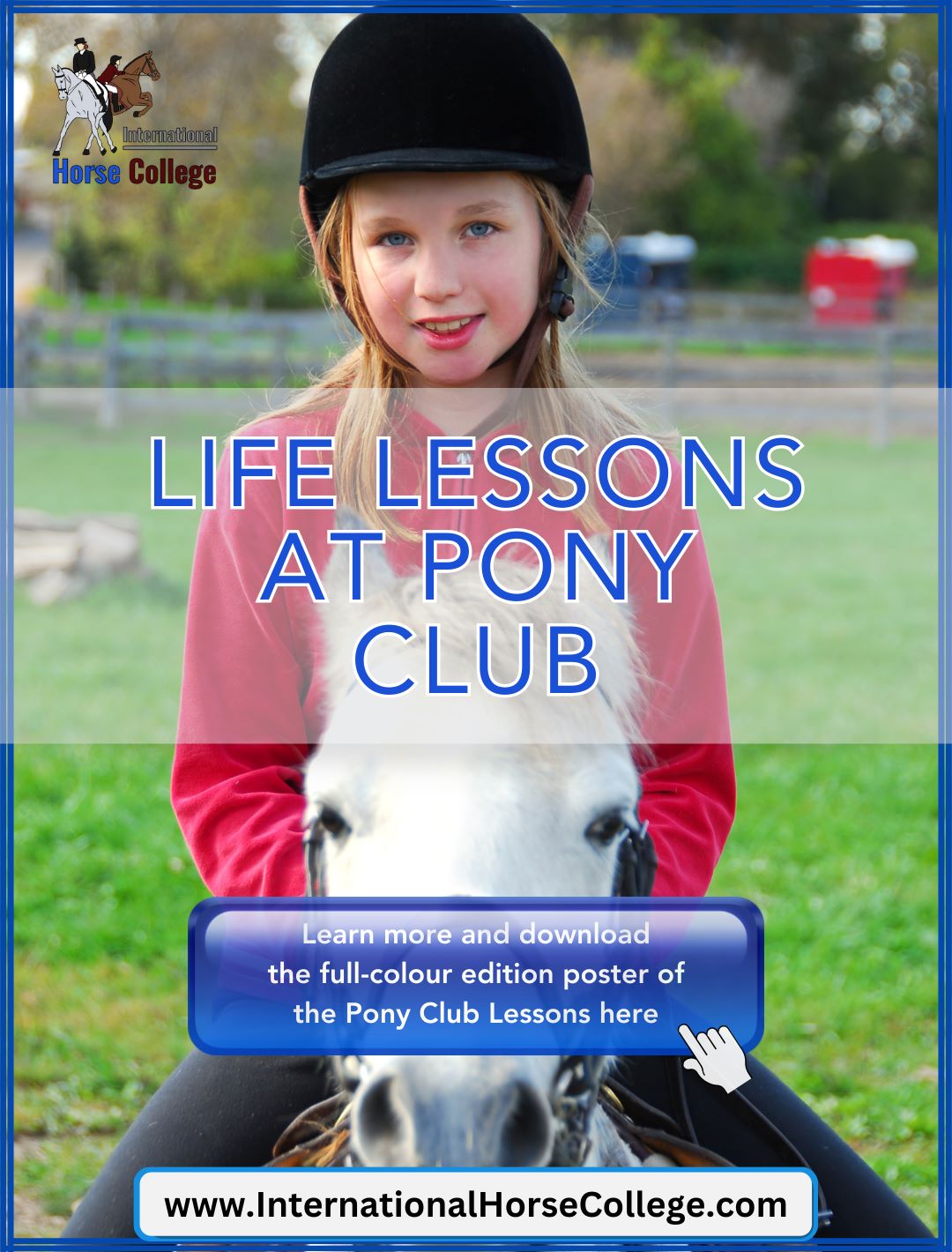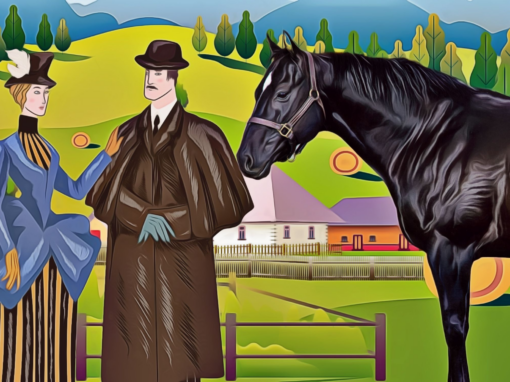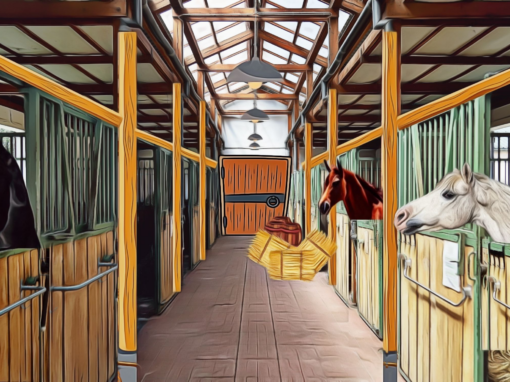Riding for Safety and Confidence in Cross-Country Jumping
Hey, it’s Glenys here from Horse Chats.
Today, I’m going to talk to you about riding for safety and confidence while cross-country jumping.
Sometimes people get a bit worried about cross-country jumping. I suppose they think it’s going to be a bit dangerous and their horse is going to get out of control.
Control Exercises
We’re going to do some exercises today to show you that your horse doesn’t have to be out of control simply because you’re doing cross country.
Calm and Confident Horse
So before you start thinking about jumping, you should be able to trot and canter happily and confidently in a big open area similar to the one behind me here. The horse should be happy to go around and lengthen canter and shorten their canter stride, go on both leads and pretty much go around the whole area calmly and confidently.
Maintain Rhythm and Tempo in Walk
The horses should keep the same rhythm and tempo and not get faster and slower. So once the horse can do that, the next step is undulating country. So if we’re looking at the undulating country, this is where the horse goes up and down the slope.
It could be like a bit of a dry creek bed or it could be a bit of a hill or something like that. The main purpose is that horses maintain their rhythm and tempo.
Start on a Circle
So you might start off in walk in a big circle, a 40-50 metre circle around this undulating country is ideal. Your horse should be able to walk down the hill and up the hill. Their tendency is to jog from almost down the bottom of the hill and then want to canter up the hill.
Maintain Rhythm and Tempo in Walk and Trot
We’re really looking at the horse maintaining the rhythm and tempo the whole time going up and down the hill, without speeding up or slowing down. They should be able to do this without wanting to walk down the hill or bound up the hill. If they can’t maintain the trot circle after circle on both reins they’re probably not ready to canter.
Get the Basics Right
I think if you don’t get your basics right at this level and under control when you get to a higher level they will be out of control at this level. Basically, if you ask them to trot and they decide to canter or if you are asking them to trot and they decide to walk then they are out of control.
Introduction to Canter
So once the horse is okay at this level where they can trot in those big 20-metre, 40-metre, 50-metre circles, that’s the time to introduce canter. Now you’d introduce it as you’re approaching the downhill, you wouldn’t introduce it going up the hill, you’d make the trot to the top of the hill. Because if you introduced canter going up the hill, sometimes your horse may want to take a couple of bounds up the hill and all of a sudden jump up the top of the hill and throw in a big buck at the top of the hill. This is very unseating for the rider.
Canter Down the Slope
So cantering along on the flat cantering down the hill and even to the stage where you might canter down the hill trot up the hill because the horse wants to trot down the hill canter up the hill, so you just do the opposite.
Is The Horse Listening to the Rider?
Make sure that the horse is listening to the rider. So continue cantering on the flat, cantering down the hill, trotting up the hill, and then introducing canter once you’re at the top of the hill. And then I think from there then you can start to say right now we’ll start to do these big canter circles, you know 40-50 metre circles.
If they can maintain that rhythm and tempo both ways over undulating country, picking up the lead without the horse getting too upset or stressed and without the rider getting too nervous or worried or anything else, this is how the warm-up should be done in the training.
After the Warm-Up
After the warm-up then the horse is ready to go on and start doing some cross-country jumping.
Safety Check for Instructors
It’s a good way for instructors to check the horses and the riders are safe and confident and under control. This is particularly useful when you get a new group of horses and riders or ones you haven’t seen for a while or a group you haven’t seen going cross-country.
Warm Up Exercise
So it’s a good warm-up exercise and it’s also a good check exercise to make sure that those horses and those riders really are under control. So before you even go in pop over a single log, it’s a great training exercise.
Young Horses
For people that have a young horse, it’s a great training exercise for them in preparation for them to learn how to jump.
For More Information
This is Glenys Cox from Horse Chats where we interview Equine Industry Experts and get their advice from them. Simply go to HorseChats.com
Have a look at the search bar and do a search for a word within all areas of the horse industry.
Or go to InternationalHorseCollege.com and have a look at the courses that you might want to study or have an interest in.
Also, please ‘like’ this post before you go. Thanks bye.











This is really helpful to me as I am just starting to get into cross country. This provided really good information and what to do.
This had very useful tips!
Super helpful tips!
very useful, i really want to get into one of the jumping equine sports later in life.
This is very helpful.
this was very helpful, thank you